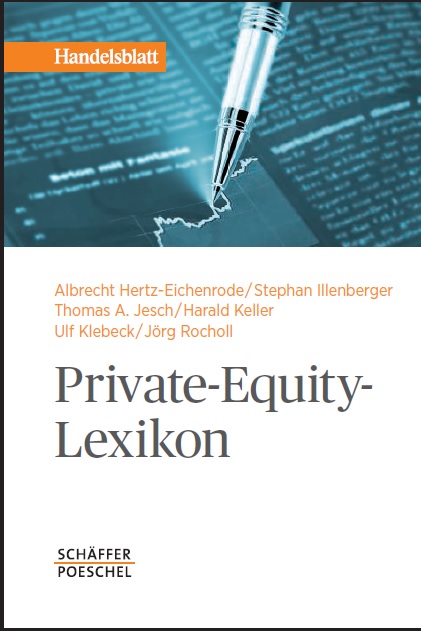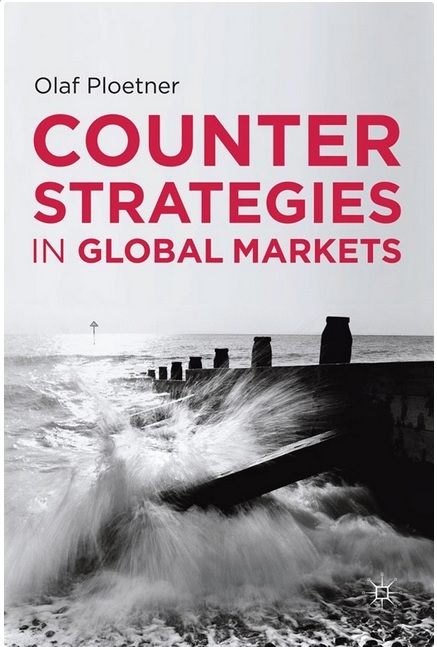Academic articles
Practitioner articles
Working papers
Books
Book chapters
Case studies
Other publications
Subject(s)
Human resources management/organizational behavior
Keyword(s)
Women leaders, identity interference, collective self-esteem, well-being, motivation to lead, leader development, organizational demography
We explore the antecedents and consequences of women leaders' identity interference related to the perceived conflict between their roles as both women and leaders. Drawing on identity development and organizational demography research, we propose that leadership experience reduces women leaders' identity interference, whereas women's numerical underrepresentation in organizations exacerbates it. Moreover, we hypothesize that identity processes related to collective self-esteem—personal regard for one's collective identity and the perception of others' views of it—mediate these effects. A sample of 722 women leaders representing a diverse range of countries and industries supported our hypotheses. We also demonstrate that identity interference reduces the psychological well-being of women leaders and undermines their affective motivation to lead. In contrast, perceived conflict between leader and female identities enhances women's sense of duty to assume leadership roles. Importantly, women leaders' personal regard for their female identity buffers the detrimental effect of identity interference on life satisfaction. We discuss the implications of our results for women's advancement in organizations and the development of their identity as leaders.
View all ESMT Working Papers in the ESMT Working Paper Series here. ESMT Working Papers are also available via RePEc, EconStor, and the German National Library (DNB).
Pages
58
ISSN (Print)
1866–3494
Subject(s)
Strategy and general management
Keyword(s)
sustainability, CSR, stakeholder
Volume
11/12
Journal Pages
48–50
Subject(s)
Finance, accounting and corporate governance
Keyword(s)
Private equity
"What effects has the so-called subprime crisis had on private equity transactions? What exactly is recapitalization and how can it be put in practice? Is private equity economically useful? The current debate provides plenty of questions about this industry, which is still in its infancy in Germany. The Private Equity Lexicon seeks to answer these questions and is also meant to be a comprehensive reference book for practitioners. Economic issues are therefore looked at from a legal and a fiscal perspective. The Private Equity Lexicon has been written to enable easy access to the wide range of pertinent topics and it also provides the reader with recommendations for further reading."
Pages
252
ISBN
978-3-7910-2666-4
Subject(s)
Technology, R&D management
Keyword(s)
technology markets, B2B
Counter Strategies explores the situation of technology-based companies in global B2B markets. New customer segments in these fast developing economies and up-coming low-cost competitors have ruptured the market landscape and challenge established suppliers. To keep their leading role, companies like Siemens, GE, Alstom, Mitsubishi, as well as many mid-sized companies in the developed countries, need to change the very characteristics -- product focus, technical sophistication, and high-end quality -- that previously made them strong. They either have to develop new products that fit the growing demand of the new customer segments or create market barriers by developing complex service solutions, or both. Given the problems regarding product development, pricing, branding, sales-force management, development of employees' skills, company organization and culture which are going to follow these changes and disruptions, Ploetner draws a new blueprint for global B2B-companies and the mindsets of those thriving there.
Pages
170
ISBN
978-0230301313
Subject(s)
Economics, politics and business environment
Keyword(s)
primary school enrollment, school lunches, natural experiment, ITT
View all ESMT Working Papers in the ESMT Working Paper Series here. ESMT Working Papers are also available via RePEc, EconStor, and the German National Library (DNB).
Pages
46
ISSN (Print)
1866–3494
Subject(s)
Human resources management/organizational behavior
Secondary Title
Tricky coaching: Difficult cases in leadership coaching
Pages
106–114
ISBN
978–0230280229
Subject(s)
Human resources management/organizational behavior; Strategy and general management
Keyword(s)
Coaching, leadership development, leadership coaching, coach, difficult cases, helping profession
This groundbreaking book takes an unusually objective look at the realities of executive coaching from the coach’s point of view. This is not just any group of coaches , nor are these ordinary stories. In a departure from most books on the topic, we’ve invited coaches who work senior executives and star performers who share their insights about the difficulties of coaching.
As any coach knows, coaching often gets tricky. What initially seems clear later becomes confused; the client may turn out to be someone else entirely; boundaries can easily become blurred; and the coach’s own emotions or values may influence outcomes. But the fact is that many tricky situations can be turned around if the coach stays grounded in objective coaching protocols.
Responsible coaches understand the need to explore and define the boundaries of coaching – to help define coaching protocols that will help coaches in tricky situations and , more importantly, to develop their own skills and self-awareness. In this book, we draw on case notes shares with us by experienced coaches, coaching educators, and coaching researchers, and provide a body of evidence that will help the profession evolve in the direction of coherence, standard protocols, and rigorous evaluations.
This rich collection includes reflections on why people become coaches (and why some people should not); advice on how to write up case notes; and an overview of common situations that lead to trickiness. Even more powerful are the open and honest stories of coaches themselves, as they share their efforts to continually seek greater understanding about the interpersonal and intrapersonal dynamics that come into play in executive coaching.
Pages
264
ISBN
978-0230280229
Subject(s)
Human resources management/organizational behavior
Keyword(s)
psychodynamics, leadership, leadership development
A pdf file of this working paper may be available at INSEAD.
Subject(s)
Strategy and general management
Volume
3
Journal Pages
75–78
Subject(s)
Marketing
Keyword(s)
self-control, goals, temptation
Secondary Title
Self and identity (SAGE Library in Social Psychology)
Pages
299–308



